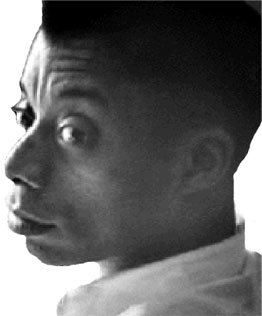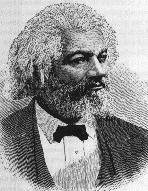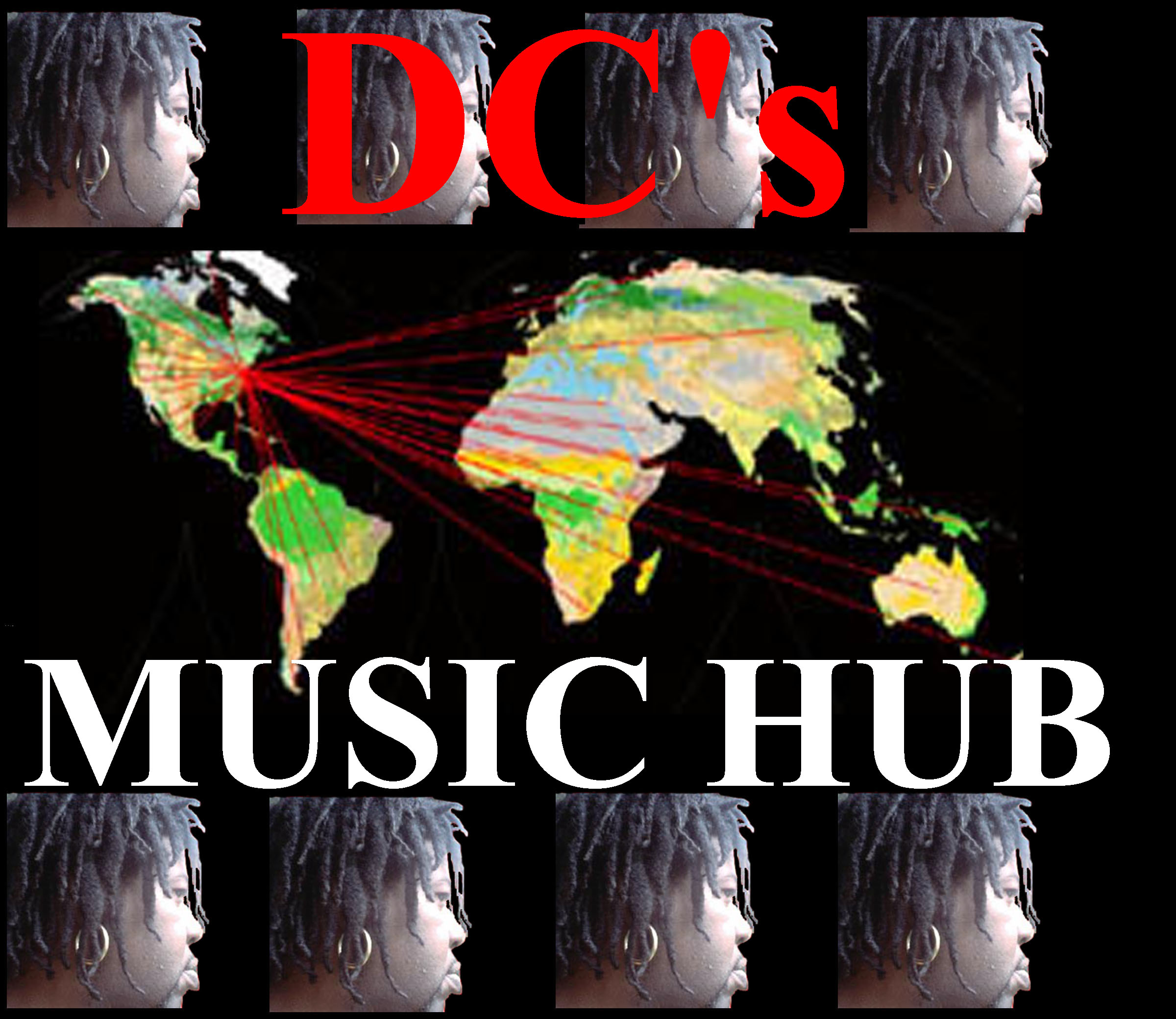aa
|
Marcus Garvey
New Thought
Garvey's pragmatic philosophy, with its emphasis on
self-mastery, determination, and willpower, also contained elements of New
Thought, which emerged during the Gilded Age out of the allied branches of the
mental healing phenomenon. With its emphasis on mind mastery, New Thought
offered a set of metaphysical theories that proffered to its millions of
adherents a system of mental hygiene to equip them for the journey along the
road to success. In 1920 Hodge Kirnon commented on the pervasiveness of ideas
from the teachings of Christian Science and the New Thought movements in the
black community. "The Negro has been seized by this spirit," Kirnon declared,
"he has taken a real change of attitude and conduct. So great has been the
change," he continued, "that he has designated himself under the name of The New
Negro." Another member of the New Negro phalanx, William Bridges, also
alluded to the subsistence of a link between the "spirit of radicalism and new
thought." Garvey was assessed by one of his closest colleagues in the
leadership of the UNIA, Robert L. Poston, as "the man who is truly the apostle
of new thought among Negroes." Indeed, what was deemed a new racial
philosophy was in fact Garvey's wholesale application of the dynamics of New
Thought to the black condition. "I have come to you in Jamaica," Garvey
announced on his tour of the Caribbean in spring, 1921, "to give new thoughts to
the eight hundred thousand black people in this land." Speaking before the UNIA's fourth international convention, he declared: "The Universal Negro
Improvement Association is advancing a new theory and a new thought . . .;" and
in 1937 he stated that "to rise out of this racial chaos new thought must be
injected into the race and it is this thought that the Universal Negro
Improvement Association has been promulgating for more than twenty years."
Metaphysics and politics were explicitly linked in Garvey's
mind. Turning to New Thought to explain the "African vision of nationalism and
imperialism," Garvey advised that "the African at home must gather a new
thought. He must not only be satisfied to be a worker but he must primarily be a
figure." This New Thought philosophy permeated many UNIA functions and was a
strong influence in the literature surrounding the movement. In 1930 the Black
Cross Nurses of the Garvey Club of New York City held a medical demonstration at
the facilities of the New York branch of the Field of New Thought on 94th
Street. The Negro World regularly advertised books that showed New Thought
influences, including I. E. Guinn's Twelve of the Leading Outlines of New
Thought. Alonzo Potter Holly's popular book on black people in sacred
history, God and the Negro, was, according to Holly, inspired by Ella Wheeler
Wilcox. Wilcox, whom Holly described as "an impassioned apostle of 'the New
Thought,"' was in turn one of Garvey's favorite poets.

|
|
a |








